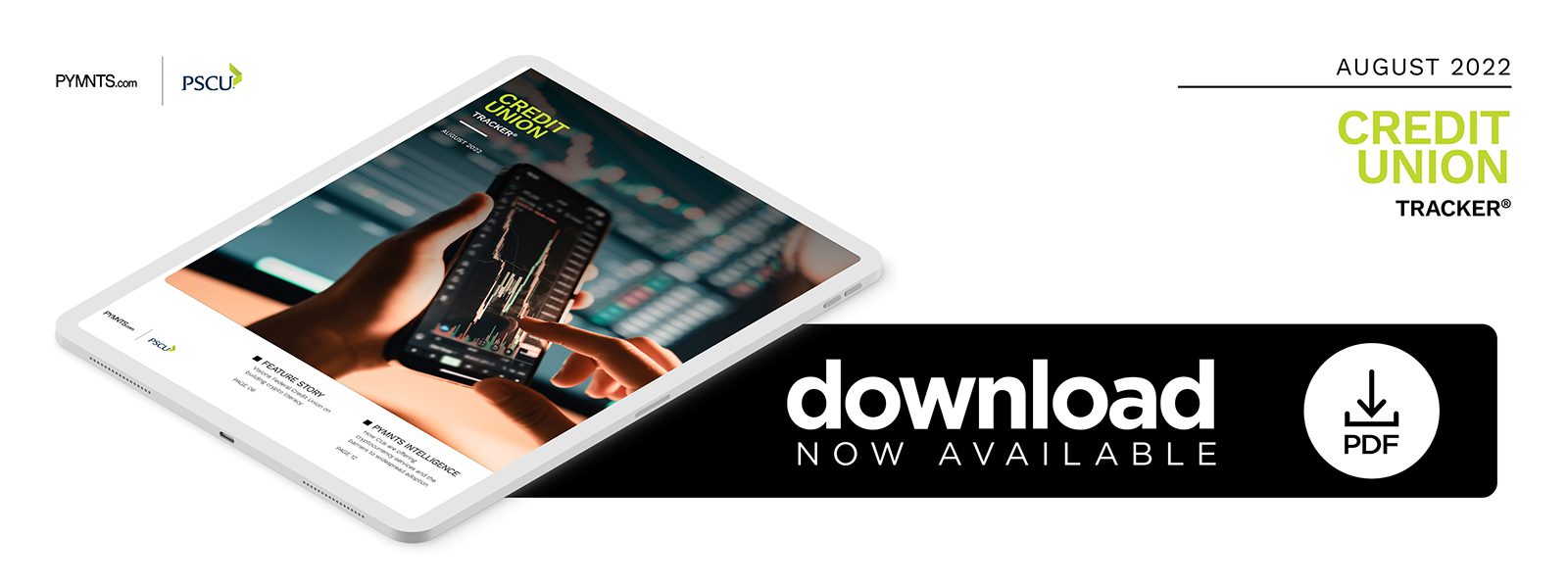Visions Federal Credit Union on Building Crypto Literacy

With 23% of consumers holding crypto in 2022, CUs need to ensure that members understand these products. In the “Credit Union Tracker®,” Visions Federal Credit Union’s Joe Keller and Cynthia Schroeder explain why credit unions are uniquely equipped to raise cryptocurrency literacy among their members.
Credit unions are in a unique position to help consumers as they enter the world of cryptocurrency and digital assets, according to professionals at Endwell, New York-based Visions Federal Credit Union (VFCU). Joe Keller, vice president of digital assets, and Cynthia Schroeder, senior vice president of digital assets, are working to make cryptocurrencies and digital assets more consumer-friendly. The CU’s commitment to the role of educator does not stop at ensuring that staff and members can use these tools, however: VFCU also works to build industry awareness and topical literacy on crypto.
“Education is one of the most important things we are focused on,” Schroeder explained. “We have been spending a lot of time on education and awareness, not only for our employees but also for our members and our industry.”
While less than 5,000 of VFCU’s 240,000 members are purchasing cryptocurrencies through crypto exchanges, Keller believes it is important to enable all members to learn about, use and purchase these assets as they enter the mainstream.
“Our analysis says we need to start taking action on this and getting ahead of the wave,” he said. “I would say it is similar to the adoption curve of the internet: It is in that early to late ’90s phase of ‘This is a real thing.’”
Eager to Educate
VFCU’s leadership realized that most of the current content around cryptocurrency was created by crypto enthusiasts who wanted to encourage its use and investment, not neutral parties with a desire to inform consumers about risks, uses or how to tell legitimate sellers from scammers.
“We take a very crypto-neutral approach of ‘Hey, this is something you should be educating yourself on,’ and as a financial institution for our members, we want to present them with different opportunities to learn and then give them the resources to make their own decisions,” Keller said.
Keller and Schroeder’s team has contributed articles to the credit union’s quarterly magazine and written website content designed to teach consumers about cryptocurrency. Internally, the team has created an intranet to help guide employees, held lunchtime learning sessions and produced videos for employees to watch so they can better understand this topic.
The team presents at conferences and started a digital asset user group to educate others within the industry about cryptocurrency. In addition to credit unions and credit union associations, bimonthly meetings are also attended by vendors and regulatory agencies.
Understanding the Power of Crypto
Cryptocurrency and digital assets may have the potential to make banking more inclusive. They may also make it easier and less expensive to send money across borders. Additionally, cryptocurrency could bring potential members into credit unions who until now have been unbanked, offering an opportunity to connect those consumers with services that can benefit them and improve their financial health.
Keller feels it is important to grasp crypto’s revolutionary roots. “One of the [coolest] parts about what crypto has tried to do is ask, ‘How do we make it easier for folks to transfer value between two parties in a faster and less costly way?’ but we haven’t seen it quite play out yet,” he noted.
Credit unions are uniquely placed to help facilitate such opportunities because of their emphasis on member relationships as opposed to profit.
“I would say credit unions have more of a one-on-one unique relationship with their members,” Keller said. “It is all about making sure our members understand what their financial picture really looks like, what financial tools are available to them and that they’re in a position to make the [right] financial decisions.”

